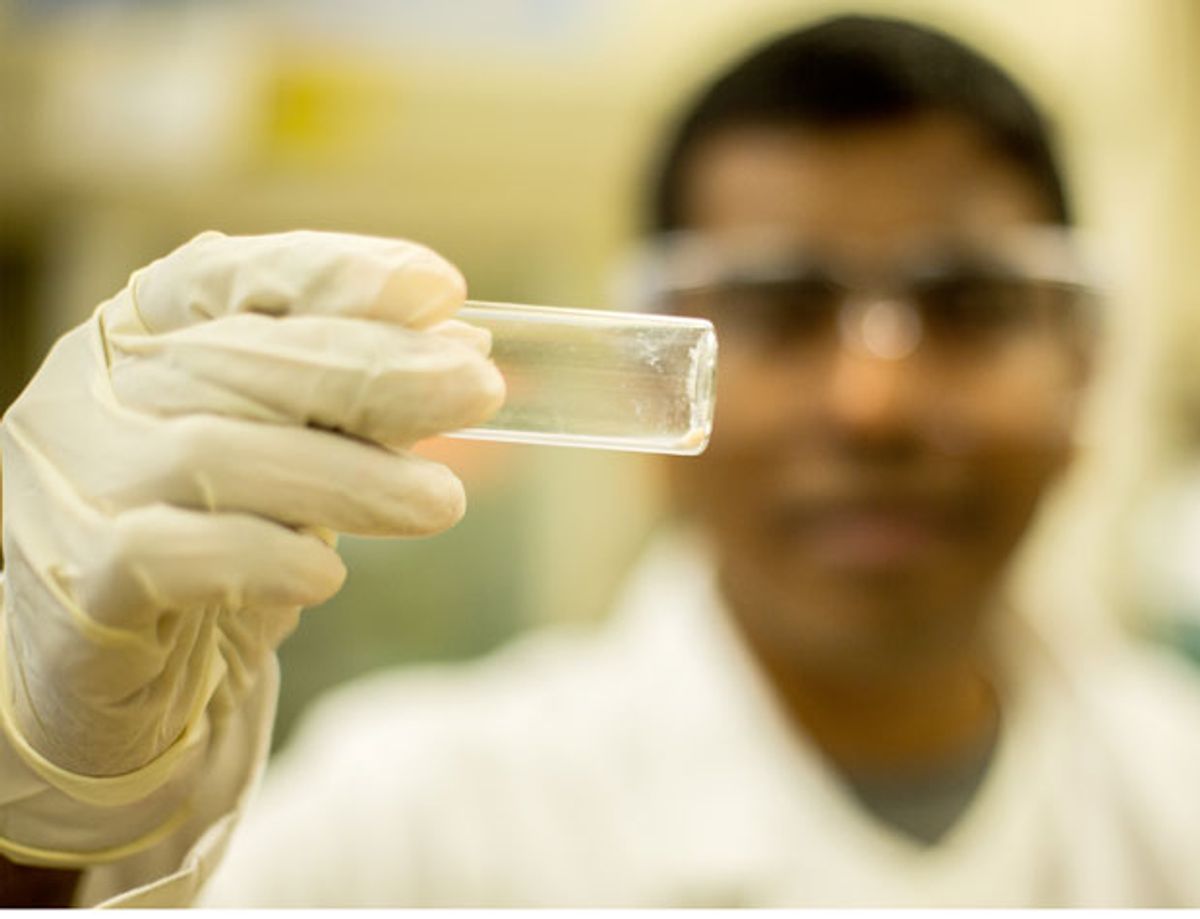Researchers have frequently been turning to nanomaterials to serve as catalysts for speeding up a number of industrial chemical processes—as well as other smaller scale reactions, such as those found in fuel cells—because the nanoscale of the particles creates more surface area and therefore makes them more reactive. It’s similar to cubes of sugar compared to granulated sugar. If you put two cubes of sugar on a table and then place the equivalent amount of the granulated version next to it, the latter would take up much more surface area on your table—and mix into your tea and coffee much more quickly.
For this reason, there’s been a fair amount of research into developing nanocatalysts that will improve the petrochemical process of producing plastic precursors. Just last year researchers at Utrecht University and Dow Chemical Company developed a nanocatalyst for creating the lower olefins ethylene and propylene at large petrochemical plants, both precursors in the production of plastics.
The work of the University of Michigan researchers was in this vein, but a little bit different. They were trying to develop a catalyst that would get propylene and oxygen to form propylene oxide in a direct reaction. Attempts to develop such a catalyst were falling into that unattainable-quest category of a “Holy Grail”. But sometimes the knights find the Holy Grail.
The researchers started by looking at the frustratingly promising use of metallic copper. While metallic copper did possess the electronic structure that would create the pathways for forming propylene oxide, it also tended to react with oxygen creating copper oxide, which is a poor catalyst.
To overcome this, the Michigan team structured the metallic copper into nanoparticles and dusted them with clear silica while combining them with propylene and oxygen gas. The results were encouraging, but still only capable of converting 20 percent of the gas into propylene oxide.
The eureka moment came when they exposed the reaction to high intensity light and suddenly they were able to convert 50 percent of the gas into propylene oxide.
"To our knowledge, this is the first time anyone has shown that light can be used to switch the oxidation state from an oxide to a metallic state," said Michigan's Marimuthu Andiappan in a press release.
It is unlikely that this research foretells of a future in which we can reverse the rust forming on our cars. However, it does promise to alter an array of industrial processes beyond propylene oxide production that involve changing the oxidation state, such as the production of compact discs or in electrochemical cells.
Photo: Joseph Xu/Michigan Engineering Communications & Marketing
Dexter Johnson is a contributing editor at IEEE Spectrum, with a focus on nanotechnology.




